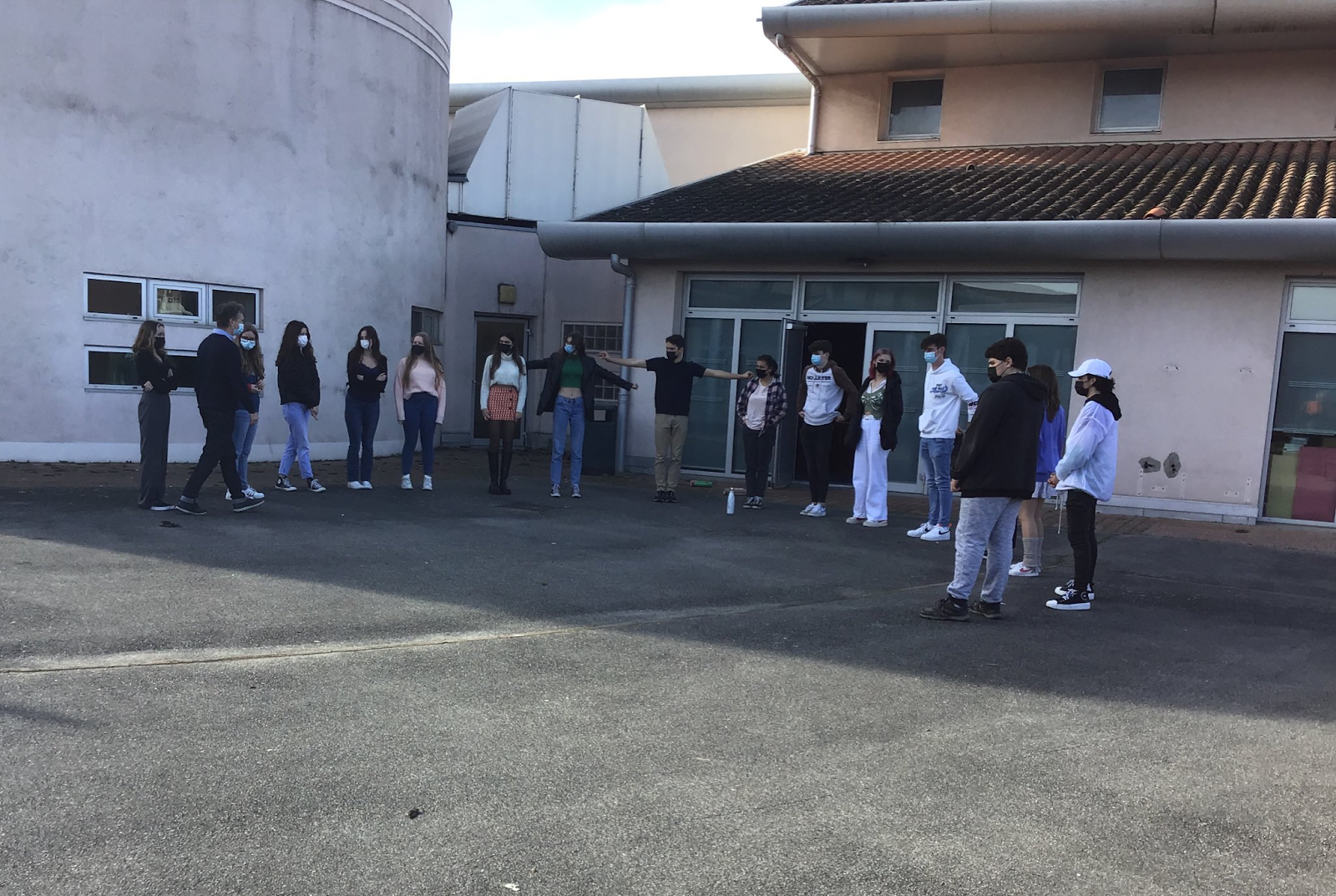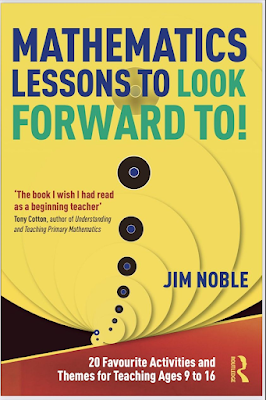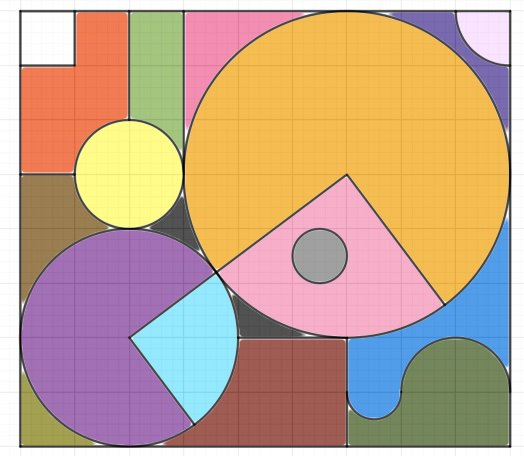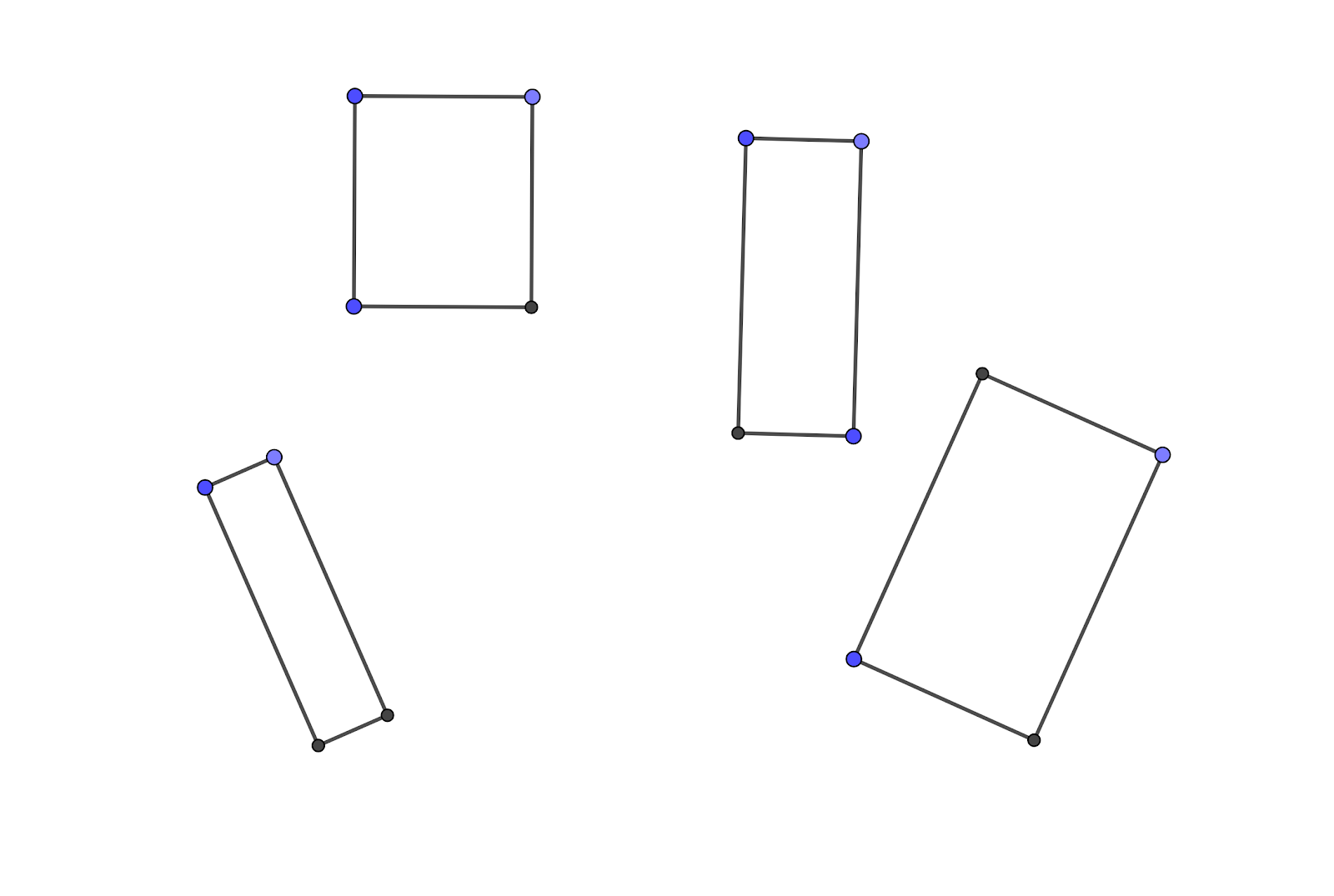Simon - Hi Sofia. #justsocool I find block play endlessly fascinating too, so I’m interested! I’d love to talk about it a little more…
I see already there are some hashtags. They might be good starting points.
#stories and #structures - It’s amazing how block play brings together engineering and narrative. Can you say a little more about that?
Sofia - Hi Simon! Thank you for putting this together! I love block play because it's such an accessible storytelling medium in early years. I’ve found that in my mostly EAL classrooms, children will often get intimidated with more traditional storytelling that requires them to draw or to speak. Blocks are different. All the students I’ve ever taught have been attracted to block play in one form or another. Whether solo exploring, testing how they can use them or sharing in elaborate narratives, there really is something for everyone in block play.
I used the hashtags structure and stories because they seem to be umbrella terms for the two ways I generally see children explore with blocks. Even as young as 1 or 2 children explore structure when they are putting them in their mouths and discovering the texture or shape or physics of how a block drops, or rolls or sounds when it’s thrown. Then as they begin having that ability to use blocks to represent other things they move into being more storytellers. It’s the interplay of stories and structure that allow a child to create these amazing things.
Simon - Yes, it’s amazing how #story and #structure brings so much together! The world of people and the world of things!
Blocks are such a powerful tool, language, material! I’m struck that you say all the students you’ve taught are attracted to block play! I’m not sure we could say the same, with our 3 to 5 year olds. Let’s take it back a bit… Can you tell me a little more about the actual blocks that your students use in the block play, how they’re stored and accessed, and… how the attraction works? Is it just a matter of the blocks attracting, or is it seeing each other play too? Also, what is the place of the teacher in this? What would you advise early years educators like us who aren’t seeing this attraction in all the students?
Sofia - Oh great questions! I’ve been really fortunate to work in lots of different settings, all of which had different blocks and building materials available. Currently, my students have access to a combination of Kaplan, Lego, traditional wooden building blocks, Magnatiles and large foam blocks. All year round, a combination of these are stocked in the building area. We have either the shadow of the shape (just paper cut out to match the shape of the block, taped down) or photos posted of what the shelf looks like when put away. For me, a big part of creating a culture that supports exploring with blocks is creating a culture of accessibility. Students have to know that the tools out are there for them to use. For that to work, blocks have to be on a shelf that is at eye level, organised and sorted for easy access. At the start of the year we are pretty selective with what we put out. Slowly, as we develop a culture of care in our classroom, we add more.
We also are mindful to keep the loose parts shelf as near the block area as possible, since loose parts add a lot to the narratives that come with block structures.
Both of these shelves start quite sparse at the beginning of the year, but now have many more materials on them.
Your next question is quite tricky for me to think about. I’m not sure I have a perfect answer for how the attraction works. I know that at the start of the year, we will often play with the students and model what being a good play partner looks like. We ask questions, use polite language to share, offer materials to others, etc. I think this immediately draws in students who are maybe coming to school for the first time and are mostly used to playing with mom, dad, grandma or grandpa in their homes. I found this year more than other years, a lot of my students were initially seeking to play with adults and not other children.
Another way we draw children in is to have some structures made already to spark interest. Almost like a block provocation. We might create a pattern with a structure, an interesting arrangement or add a figurine to suggest a story. We did this more at the beginning of the year. Having the option to add on to something rather than start your ideas from scratch seemed like a good way to encourage children to explore. It also gave us the opportunity to model cooperative building. A lot of our students moved from being more parallel players to partner players this year. To support this we try to give them as many opportunities to collaborate as we can.
We also will add photographs around the block structure area and we change those throughout the year. We started with photos of their homes sent by parents and then went to famous buildings around Milan, pictures of structures families visited, pictures of different architecture around Italy, landscapes, race car tracks, family vacations, etc. We changed these based on what we heard them talk about while playing in other areas in the classroom. Sometimes this inspires and sometimes it doesn’t.
I think the final thing that attracts my groups to blocks is that they feel that their structures are really important. We take lots of pictures, share builds at circle, write stories about creations and allow for things to not get cleaned up. This tells them that their creations are important and valuable and allows them to continue on with their thinking.
More than anything, I believe my students want to be seen as capable. Honouring their work by saying, “Yes! You worked so hard on this creation, tell me all about it” and then taking the time to save what they’ve done and share it with peers and families makes them feel really proud. That pride is what brings them back and gets them thinking in new and creative ways.
So I suppose to summarise, my advice to an early years teacher who is not seeing a pull to blocks is to…
#1 See if the space is inviting and draws you in.
Make sure pieces are easily accessed on your shelf and that they have a clear place
Make sure there are not too many options, especially to begin with
Have a carpet or foam mat of some kind so that if blocks fall they aren’t alarming or frightening to little learners
Include pictures of places the children have been, ideas you’re learning about in class or settings from stories the children love to help inspire them
Include small pictures of students taped on blocks. This allows them to join the narrative
Make sure your block material match the kind of play your learners and you are ready for
Start with a provocation:
An arrangement
A tower
A sort
A photo
An odd loose part
etc.
#2 Adjust the way you think about block play
Allow structures to be saved, ask if they want to work on it later and create a system where you can do that
Reflect on how you talk about blocks
Video or audio record yourself sitting in the block area and notice how you speak about what the children are doing. I am always catching myself inserting my narratives, which might interrupt the thinking. Listening to recording of myself helps me reflect on ways I could have better guided in the future. Being mindful of what you say during the play can really help children go deeper and explore without fear of judgement.
Take notes of what you see them doing, write down quotes if you hear any, ask if you can photograph things to remember later and then post all of that near your blocks for reflection. It will help you as the teacher notice patterns and them as the students to feel their work is important.
If you want to, try putting blocks in different areas for provocations and introduce them in new contexts (but have your clean up system planned and ready)
Determine your rules beforehand with other teachers and figure out what language you are going to use in play to make those expectations clear
#3 Give yourself time
Make sure children get a good 30 minutes of uninterrupted block play time (not including clean up)
Treat clean up time like a lesson, plan lots of time for it, maybe gather a small group to do a mini lesson on how to clean the area
Model, scaffold, don’t rush
Don’t clean everything. If you run out of time, honor the work by putting a sign up and saving it for later. The more you do this the more the students will be excited to put in time and energy. (This one bears repeating, because it’s so important)
Reflect on exciting things as a group: if there is something they are very proud of, ask them if they want to share it at a group gathering time.
#4 Play
Have a day where you play too, see what it's like to really try and build something that you are proud of and remember what it feels like to create. Remembering the joys, triumphs and frustrations that come with blocks will allow you to better support your students. And it will get you excited about block play, which is then felt by the students.
I highly recommend doing this with your team :)
Simon - I’m so glad I asked those questions, Sofia! Yes! I love the way you’ve spelt out the kind of superstructure of influence and inspiration that needs to accompany the blocks being physically there in the classroom! It’s so useful, and practical in its detail! I already feel like you’ve given me a lot to think about and act on… but, perhaps greedily, I want to ask a few more questions…
You will be reflecting on what the students have built, and how they built it. Perhaps you’re doing that with colleagues. I’m interested in how you do your thinking about this. Do you have set times together when you do this? Do you think about play schemas? Or how students’ block play is progressing? Are you thinking about students’ interests or their working theories? Do you hone in on particular aspects as you document the building? Perhaps the dramatic, or the mathematical? And how do you select those aspects? How does this reflection feed into the way you re-present the students’ work to them?
And, on the same theme, whose ideas have influenced your thinking about all this in particular?
Sofia - Reflecting is always tricky, because the one thing that all teachers never have enough of is time. Reflection (especially with a group of 27 students like we had this year) requires a lot of time. Every Monday, we have one hour of dedicated planning time where we sit and look at photos, notice the patterns and look for opportunities to extend. We put our notes into our planner and use it to come up with action for the following week. Action might look like picking books related to the topics and patterns we saw, finding links to interesting videos or models, asking parents or other staff to come in as “experts”, adding provocations in different spaces, planning for large or small group games to support ideas, and organising pictures and quotes to present to the students for a circle time throughout the week.
On Friday afternoons, our group attends an hour of gym and Chinese without us. We use that time to write a newsletter and reflect on what the big moments of the week were in play. Our newsletter is a Reggio-inspired document that includes quotes, photos, ideas, narratives and skills presented in parent-friendly-language. This helps us to see where we could go next, and help the parents get involved and keep the conversations going at home. Some weeks, block play would be a big focus, and all the narratives, drawings, games, etc. would connect to their creations. Other weeks it is barely mentioned. It all depends on what is happening in the classroom.
During the week, we use Seesaw to save pictures and track what is happening. I’m not sure how familiar you are with Seesaw, but it has this great feature that allows you to record over a photo so that even if you don’t have time to talk with everyone in the moment, the children can add comments afterwards (we often did this during Garden time). When helping children create recordings, we are very thoughtful about our questions and the language we use since the point is to gather data on the child's process and thinking. We have a separate document we have been working on that helps guide teacher questions and conversations; it includes a section of block play specific questions we use to guide us.
In terms of assessing and tracking with block play: those Seesaw posts become key. At the beginning of the year, our Technology lead input all the EYFS standards we have in our yearly curriculum map into the Seesaw Skills for our class, which has made tracking very easy. Basically, once you have listed all the standards or skills you are looking for in the year, you can tag them on a piece of work, a conversation, video, etc. Which is amazing because in early years it allows you to really differentiate. For example: we can track a child's understanding of one-to-one correspondence by seeing how they count the blocks in their structure, animals in small world, pieces of paper glued to a collage or number of times they hit a musical instrument out in the garden. All of these are organic experiences that show the same skill, while still respecting their individual interests and methods of exploring. When we use the app, we are able to upload the data, tag it quickly with a skill, and see how those skills develop in a truly play-based context throughout the year. You can also notice gaps or concepts the child is choosing not to explore and try to create opportunities in their preferred play area for that.
I think you could honestly include anything you are looking to track and it is a great tool. I have heard other people have had great success with different online tracking tools for this. I would be very interested to hear about other tools people have had success with when it comes to documentation, data gathering and tracking.
This year, we did a systematic reflection on each student 3 times in the year: October, January and March. For this we went through the data we had gathered on Seesaw, in their portfolios and from the small and large group documentation. But to be honest, we didn’t have a rigid system for honing in on skills. Each of us would probably approach a structure or build and notice different skills the children are using.
But I think that is okay. If I come to a block structure and see how the child is developing communication skills and another teacher comes to that same block structure and notices only the maths skills, that’s fine. We aren’t going to get everything, and at the end of the day, that isn’t the point. I’ve had a really good team this year and we have all been on the same page that the thing that comes first is the joy: allowing the child to be a child. To play and wonder and get frustrated and try again without having every detail gone over with a fine-tooth comb by their teacher.
It’s a bit of a balancing act, because we are always very excited to get inside the thinking and understand. However, as you mentioned, our reflection, questions and perspective will affect the way we record it. By working toward being more mindful, we can avoid losing focus on what's important.
I have been super lucky to have worked with some really amazing teachers, starting with the staff at my university: the University of Minnesota. I got degrees there in both child psych and early childhood education, which gave me a really strong foundation to start from and introduced me to the great minds and amazing science behind play. Since then, I have been very lucky to continue learning from peers in schools, through courses and PD and in places like Twitter!



















 ^
^










